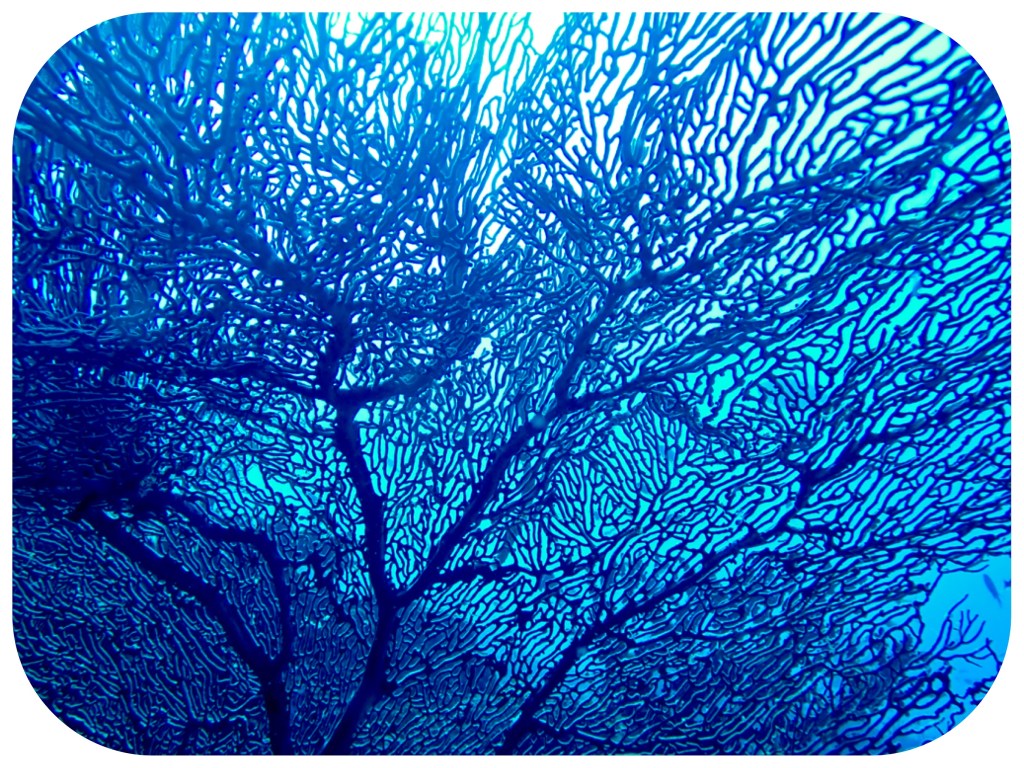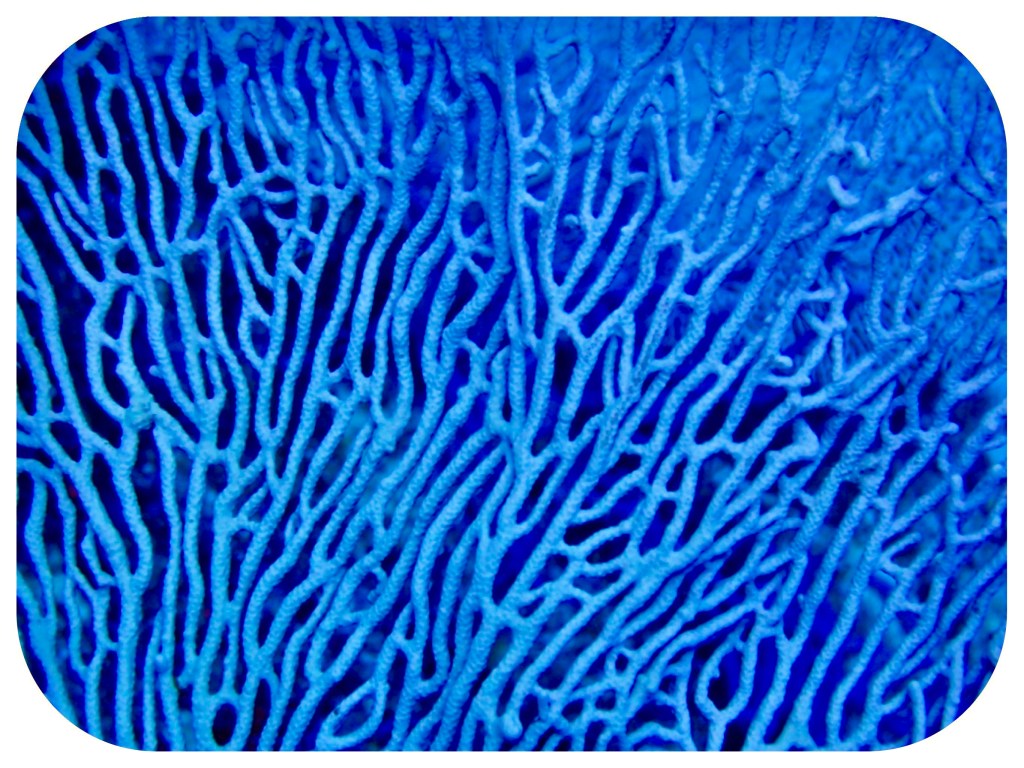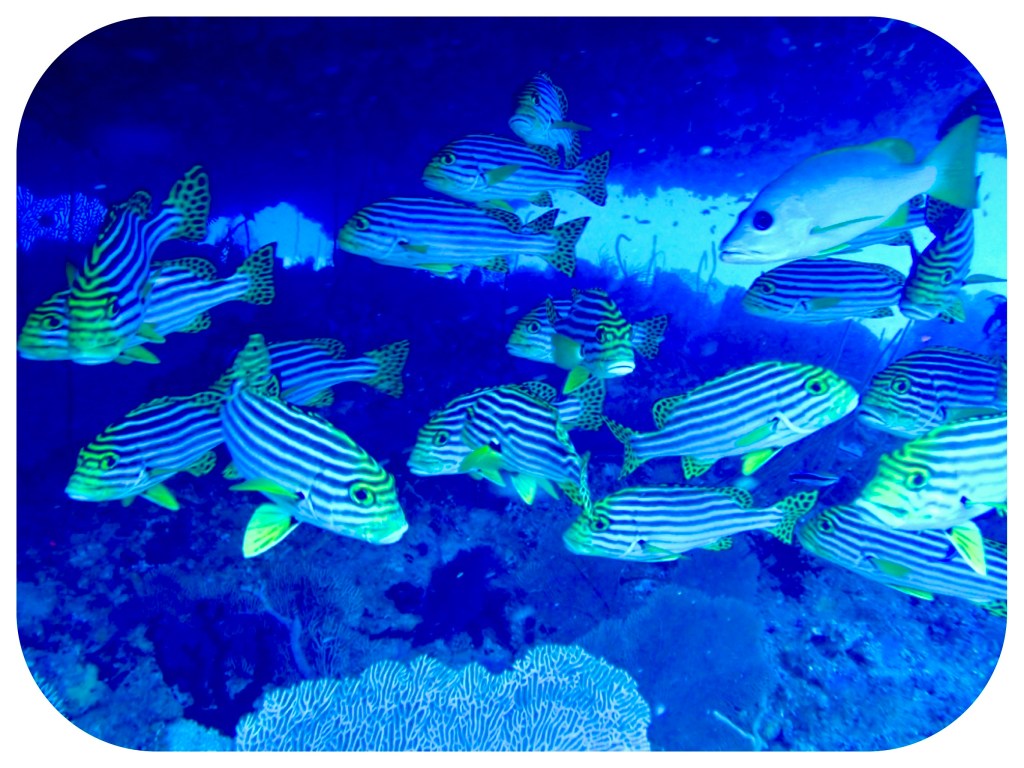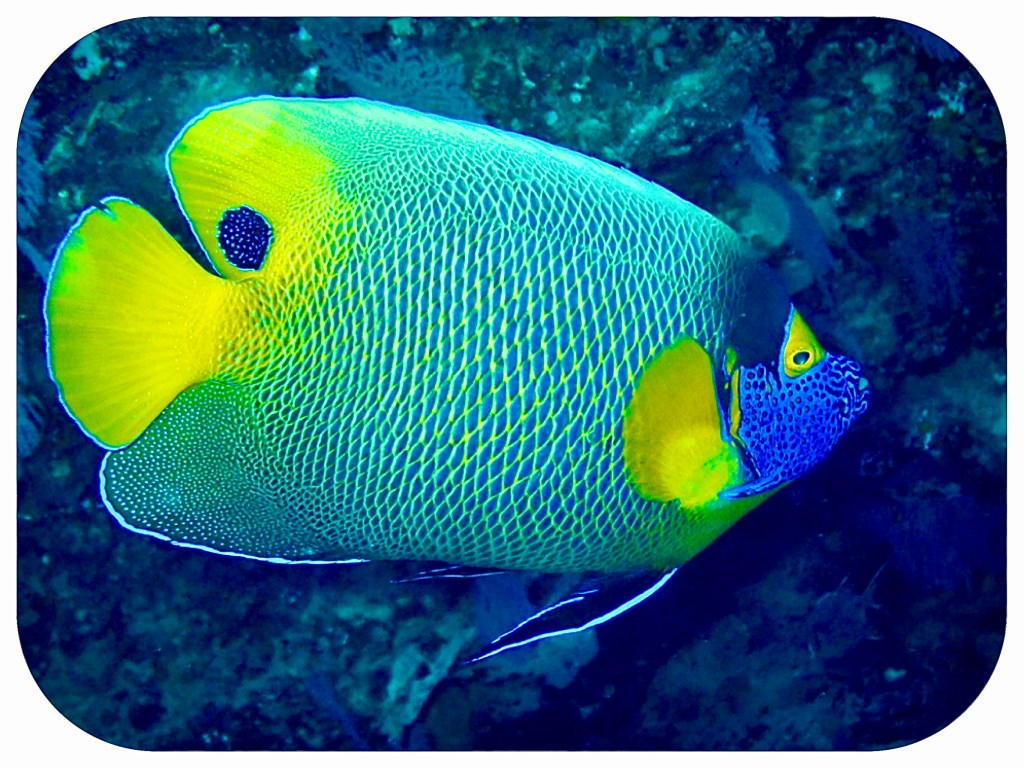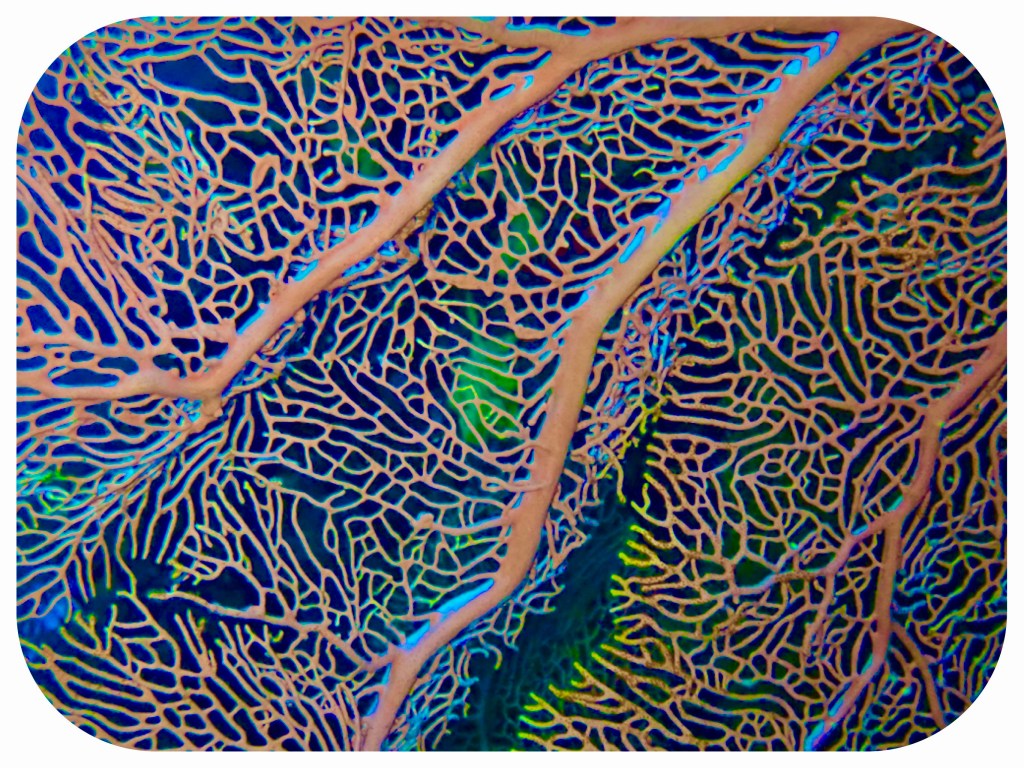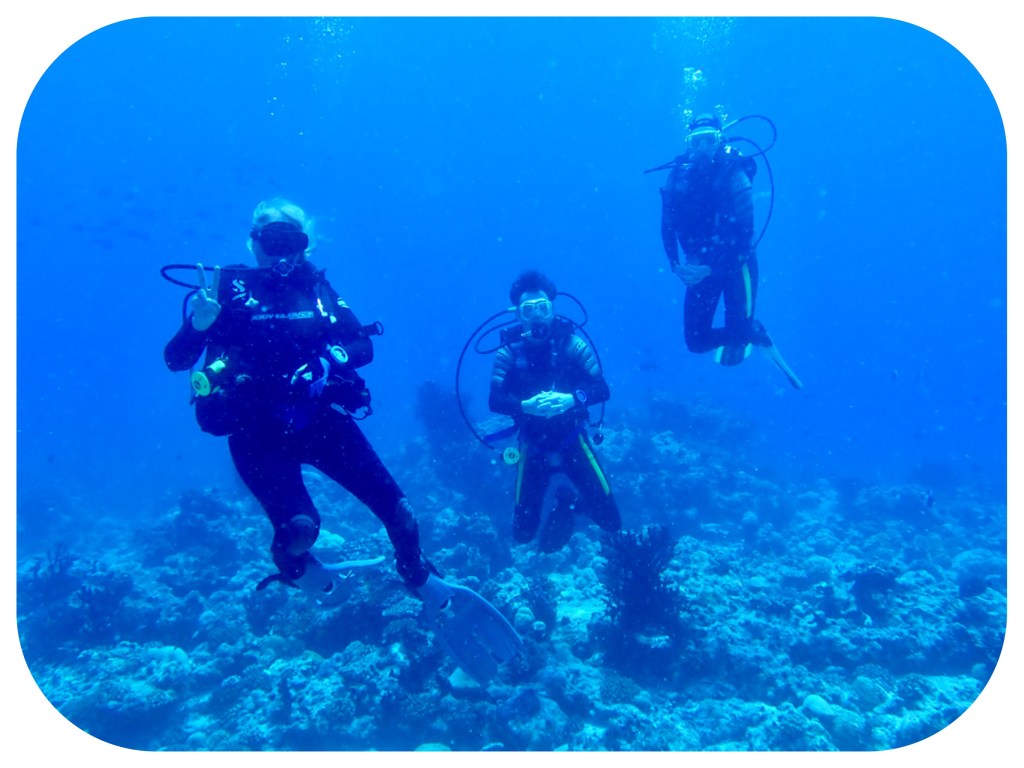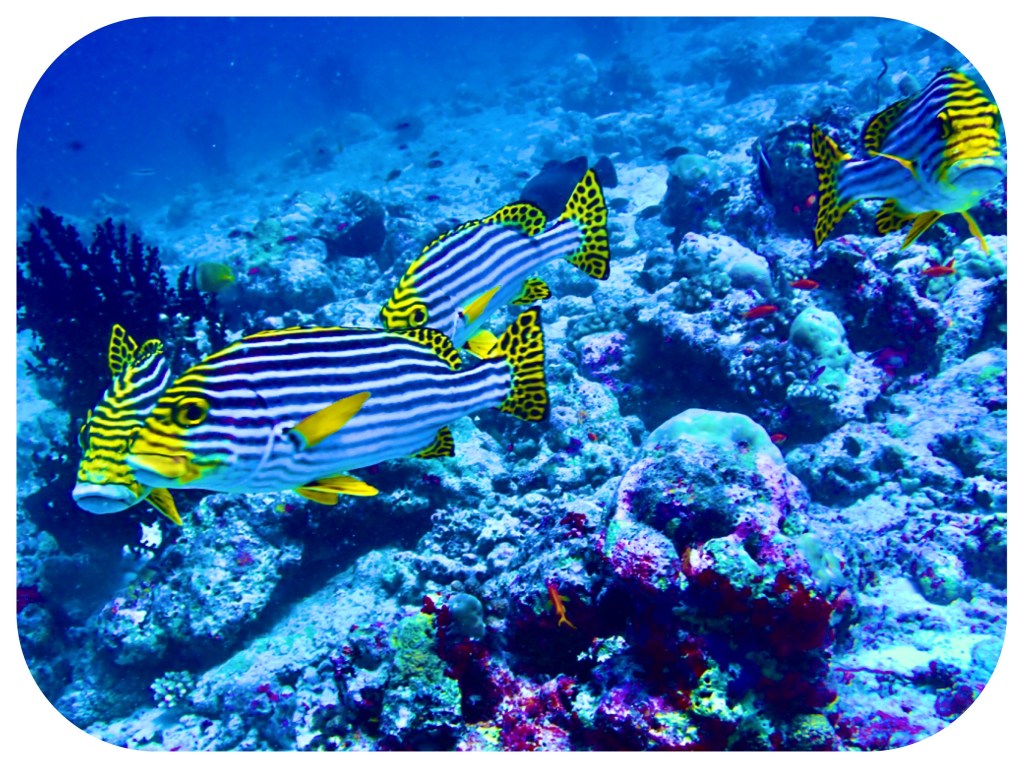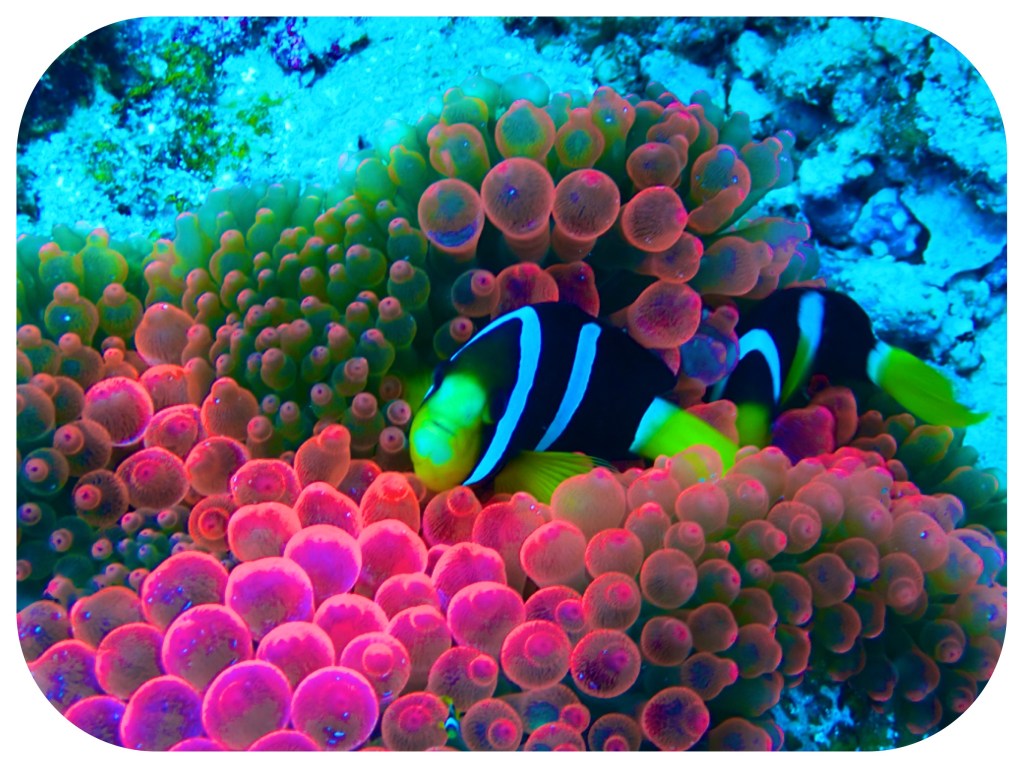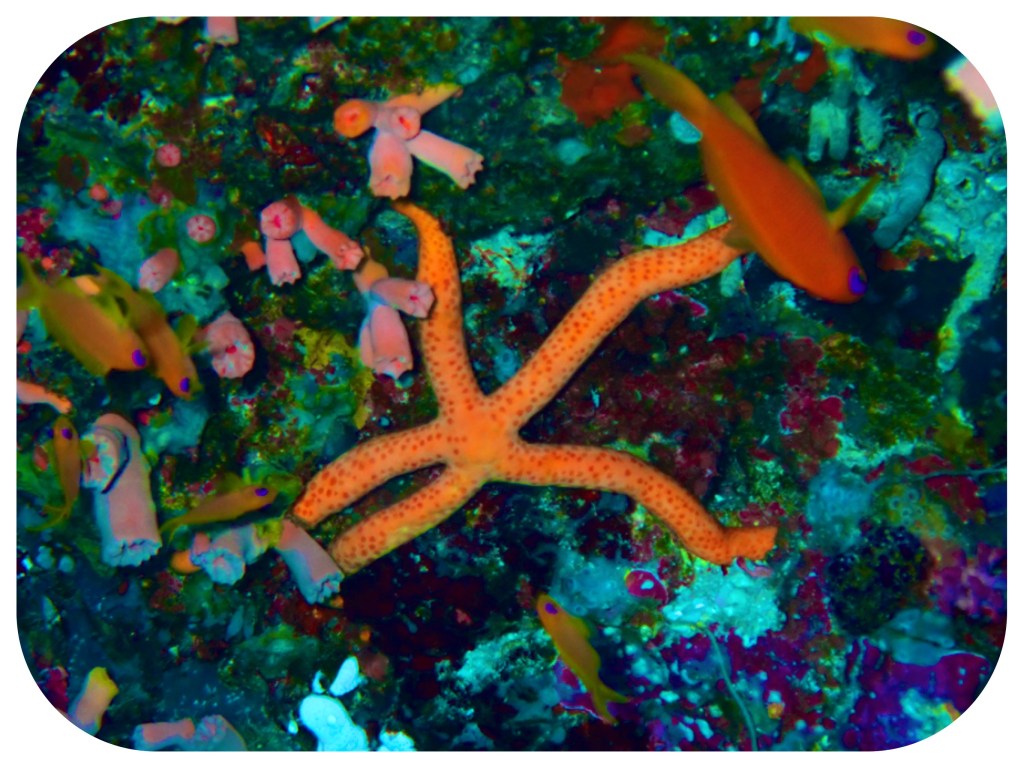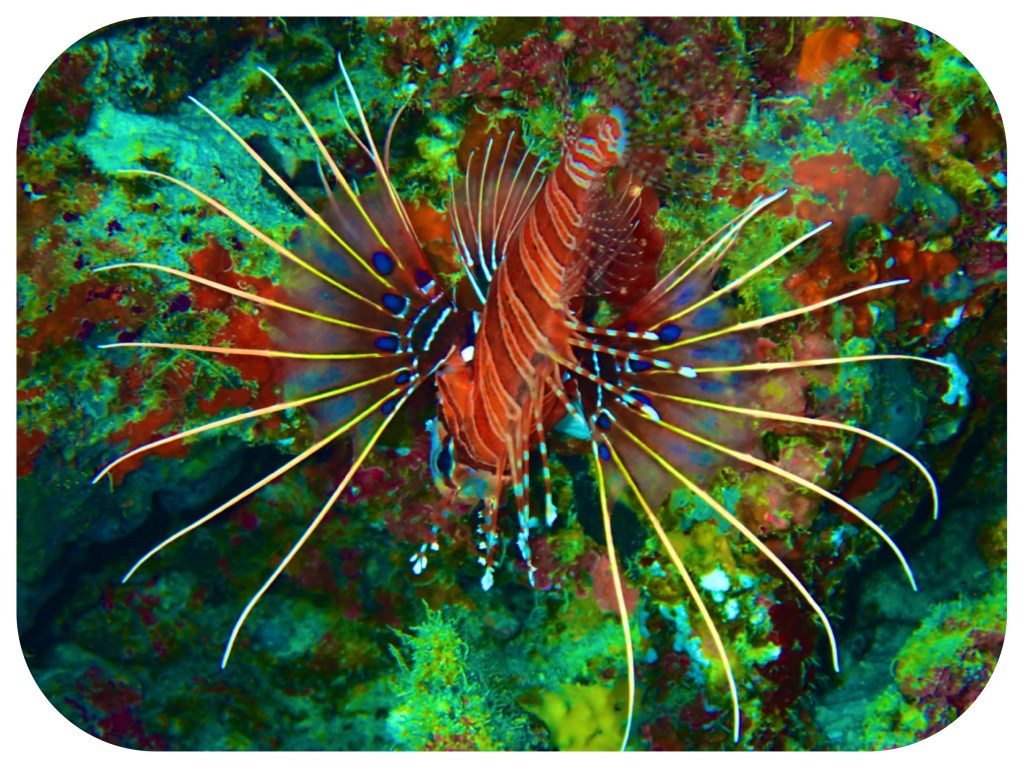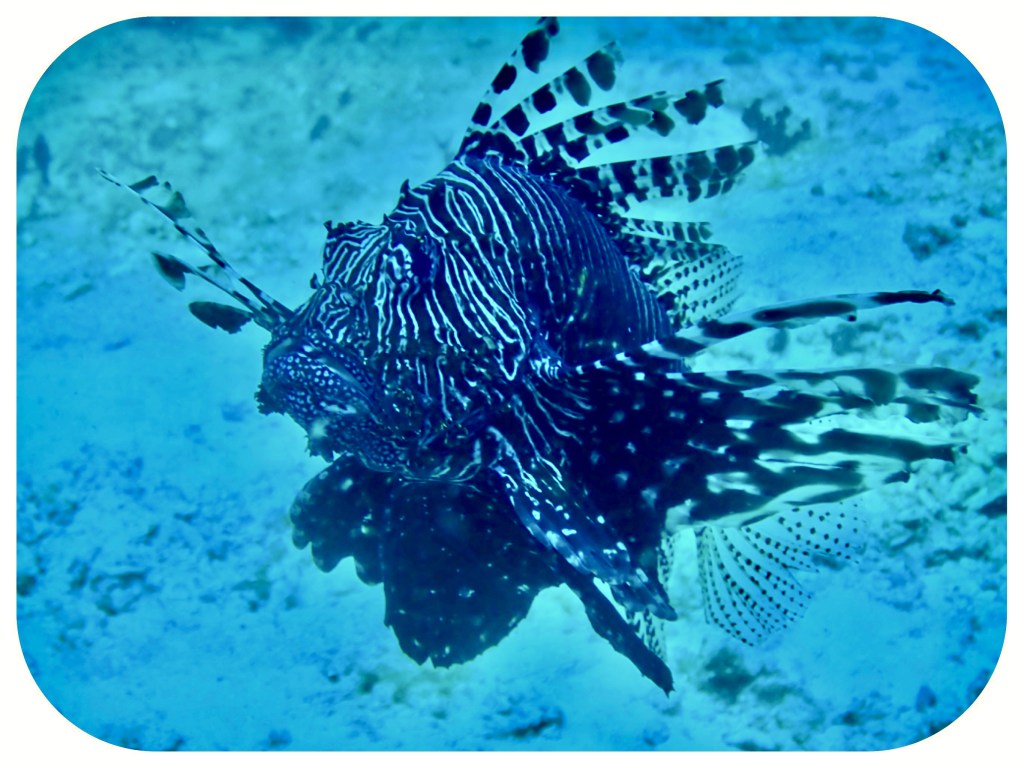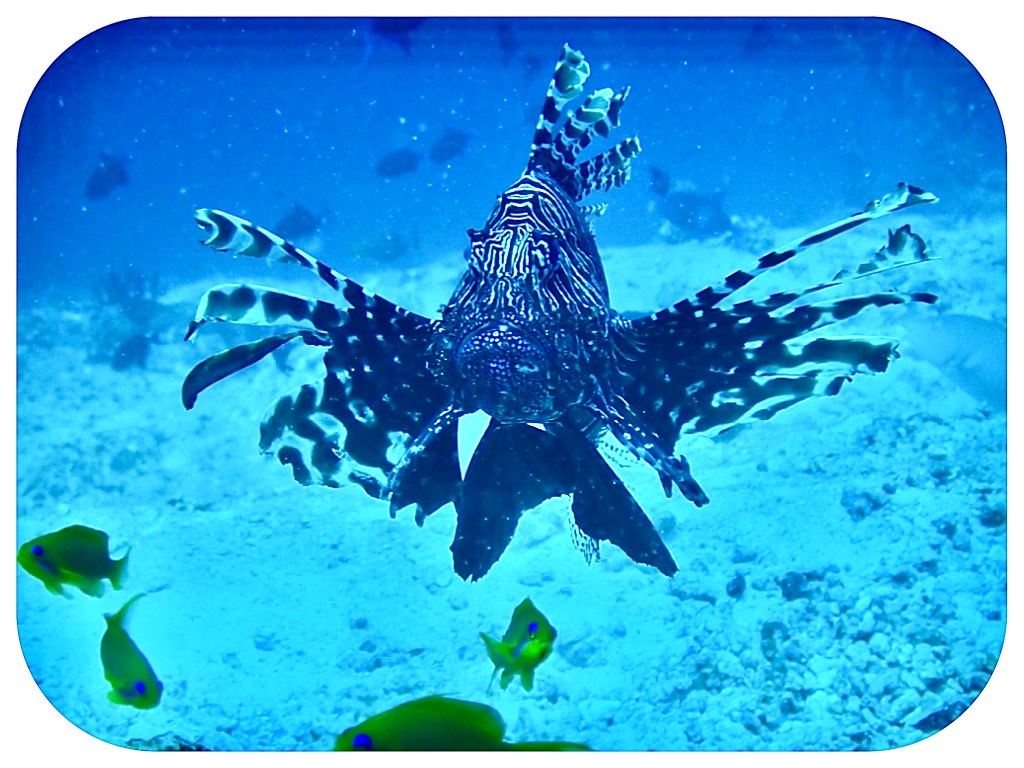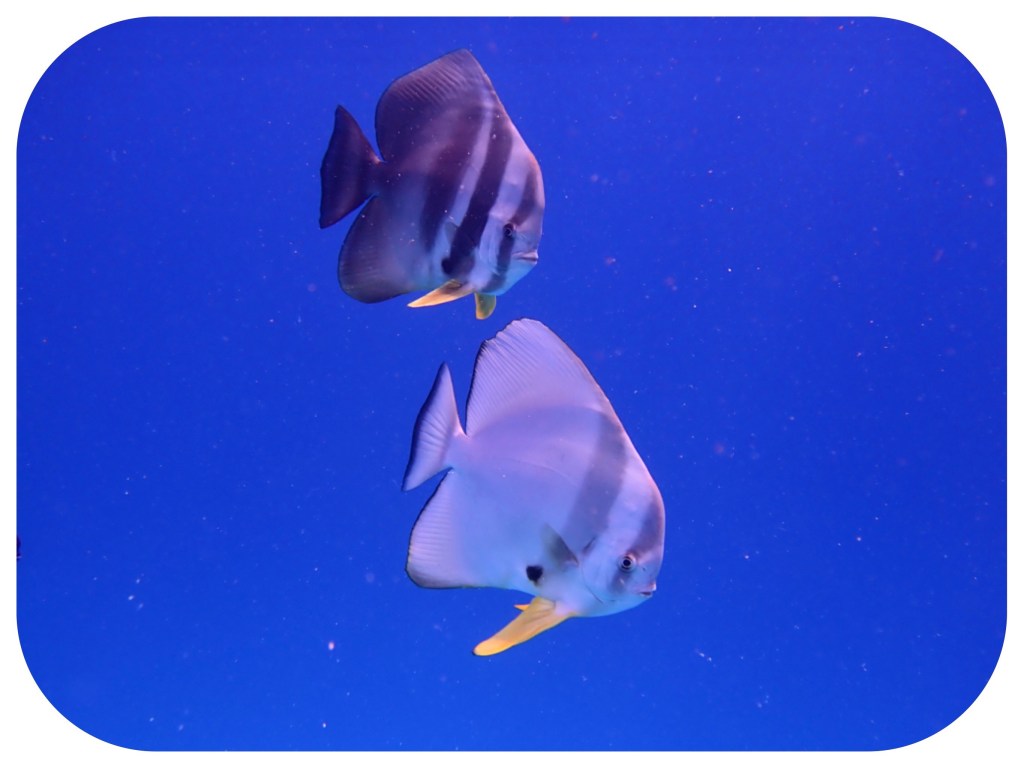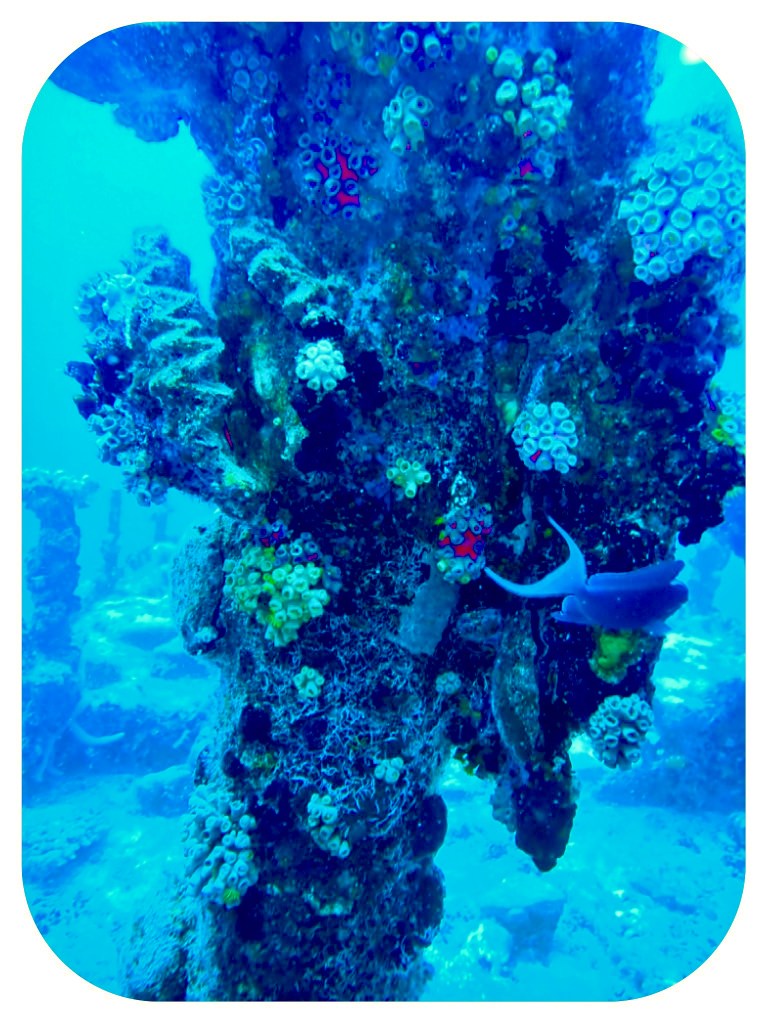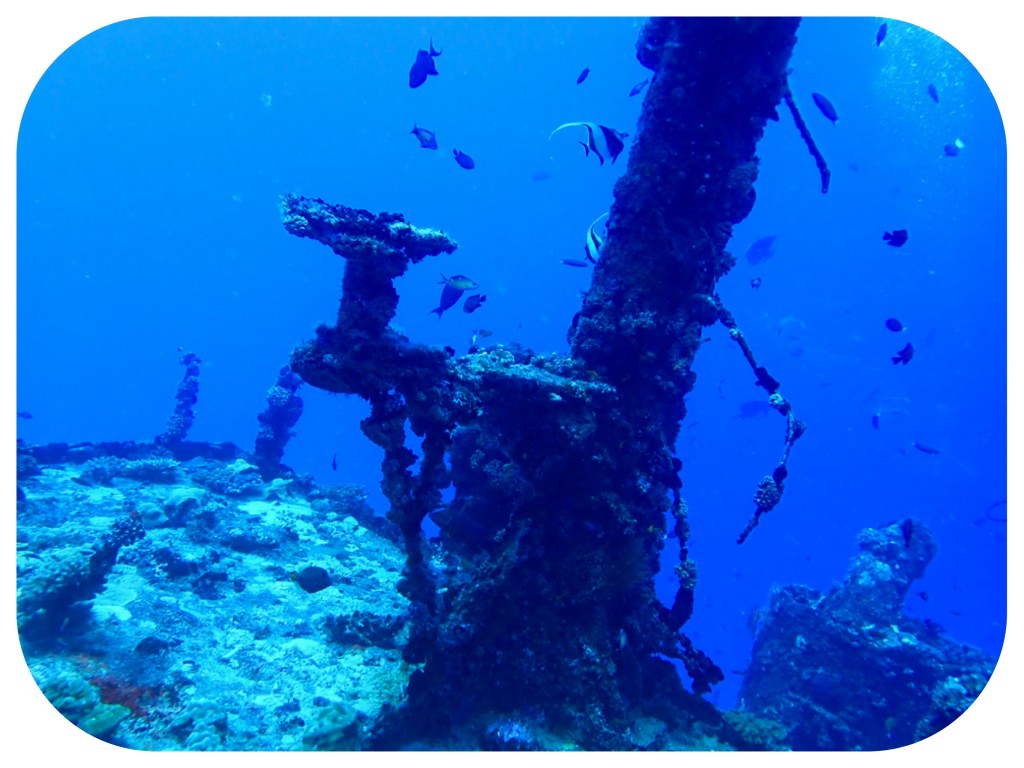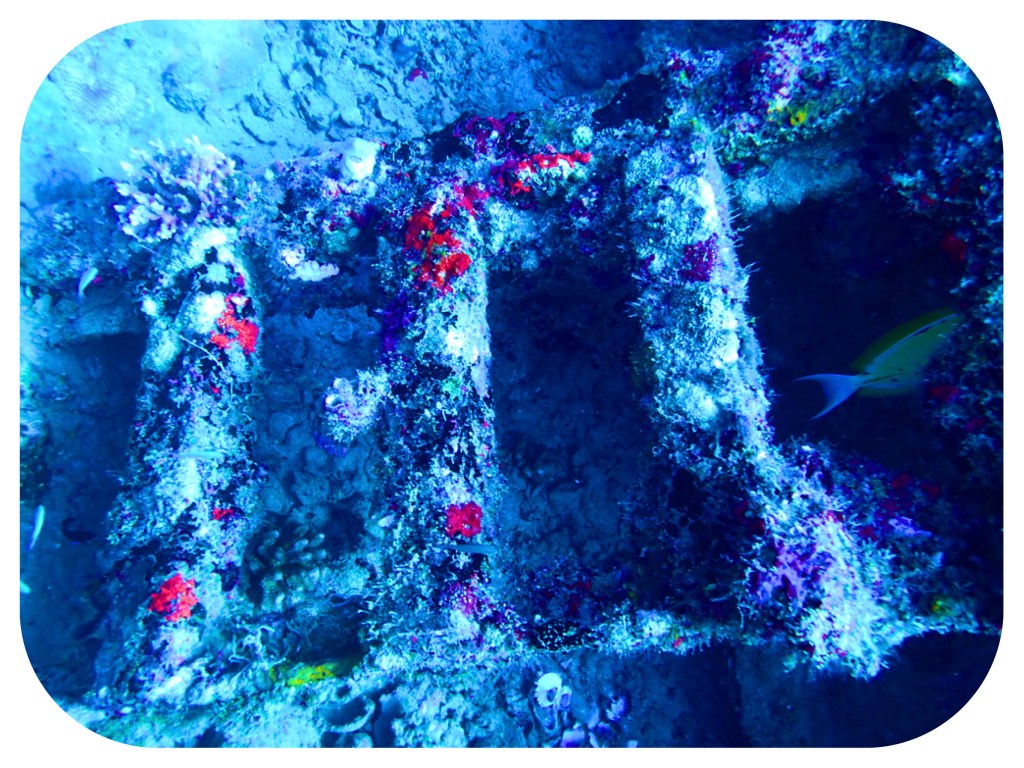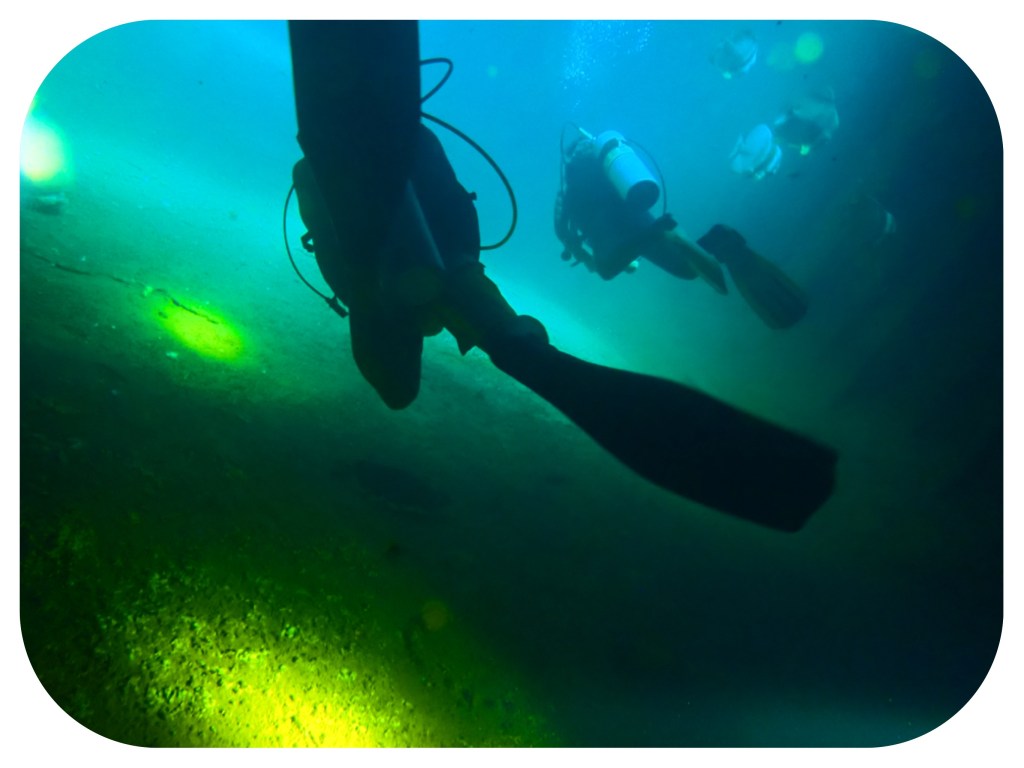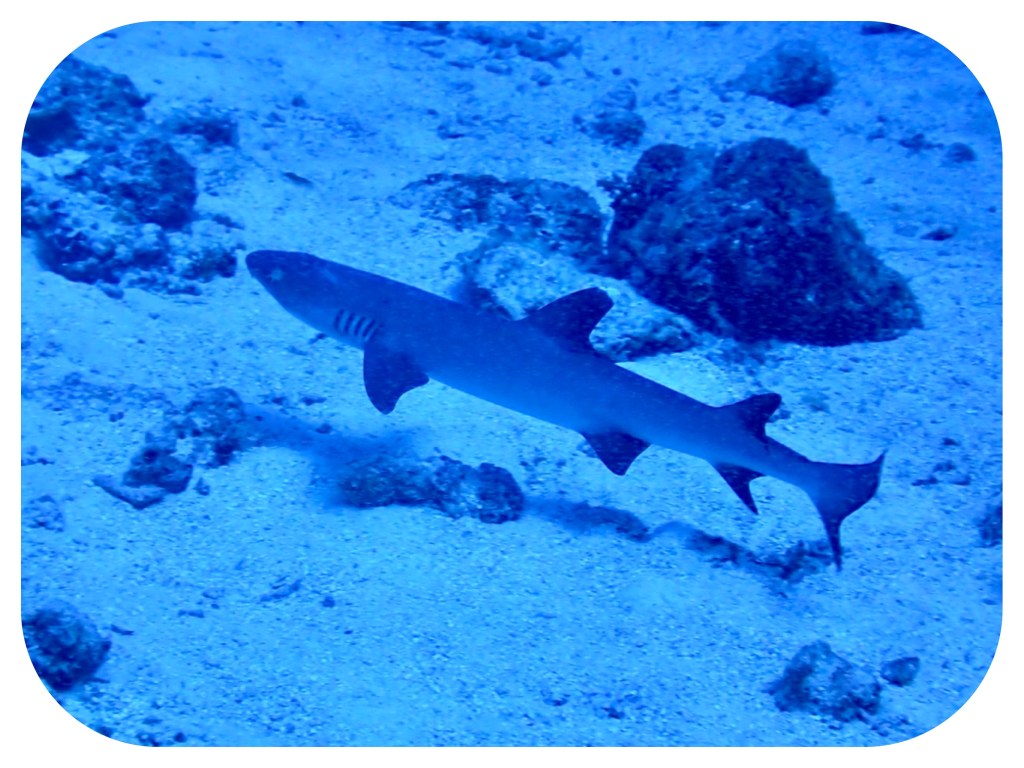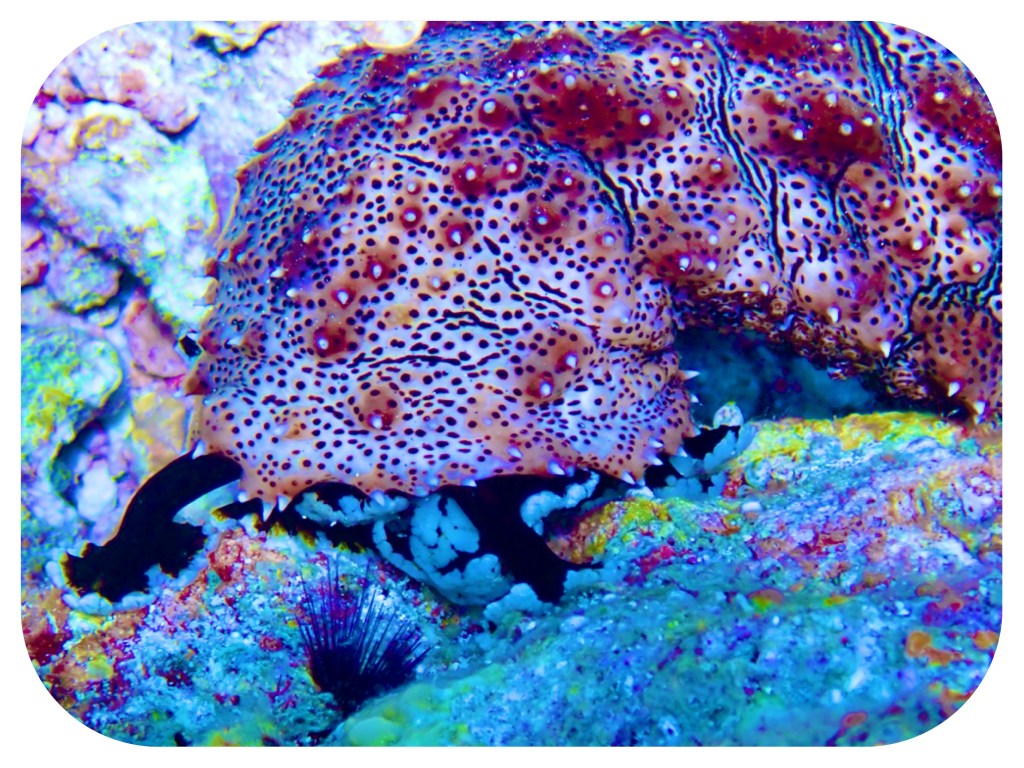Diving The Kudimaa Wreck Dive and The Ranveli Thila Dive Sites, South Ari Atoll, Maldives
Diving The Kudimaa Wreck Dive and The Ranveli Thila Dive Sites, South Ari Atoll, Maldives
One of the most famous dives that divers do in the North Ari Atoll is a full day, three tank dive to try and see whale sharks.
Spotting a whale shark is a spectacular sight, because whale sharks are the biggest fish in the ocean.
Note that I said a “fish,” because there are bigger marine mammals, but the female whale shark is the biggest fish in the ocean.
Whale sharks can grow to 40 feet, and weigh as much as 40 tons, by some estimates.
Whale sharks have broad, flat heads with short snouts, and their backs have an interesting white, yellow, and grey checkerboard pattern.
Scientists believe that they live to an average of 60-100 years.
Whale sharks are found in all tropical and warm-temperate oceans and seas around the world, although they prefer water temperatures of 68-77° Fahrenheit.
I did not go on the full day cruise to try and spot the whale shark.
Most days I dove twice each morning, and spent my afternoons enjoying the resort, getting massages, reading, organizing my photos and chilling.
But the main reason I did not go, is that I did not want to sit on the dive boat for two hours each way, just on the slim chance of spotting a whale shark.
Every day I asked the returning divers if they had seen one, and every time the answer was no.
Little did I know that I would get an opportunity to see a whale shark on an easy local dive, just off our island resort.
One day we went diving to see the Kudimaa Wreck.
The Kudimaa wreck is a 50 meter long Japanese steel wreck, lying very close to the Machafushi resort house reef.
The wreck was deliberately sunk in 1998 to provide divers visiting the South Ari Atoll with a wreck to explore.
The wreck itself has easy access to the cargo holds on both sides.
Four or five divers can enter the main hall and explore it together.
On and around the shipwreck you can find schools of bat fish, some puffer fish, box fish and the customary large lion fish.
I love lion fish and never miss an opportunity to photograph one.
Algae, sponges, sea squirts and corals, all grow out of the metal of the boat.
The Machafushi resort seemed go be completely empty of customers.
The captain of our boat told me that this resort is favored by mostly Chinese customers, who have stopped coming since the coronavirus pandemic started.
Our second dive of the day was at Ranveli Thila, a small underwater mountain.
We were preparing to get in, when the captain spotted the tail of a whale shark, at the surface.
We all hurried and jumped in.
Our dive master, who is an excellent swimmer with long fins, took my camera and swam after the whale shark.
We all swam as hard as we could, to try and keep up with him.
The photos and video I have of the whale shark were taken by King Shah, one of our dive master at Vilamendhoo.
The visibility was not great, but still we saw this giant fish of the sea.
Whale sharks eat mostly small organisms like plankton, schooling fish, and squid, which they strain from the water as they swim with their meter-long mouths and specialized teeth.
Just diving with one of these magnificent creatures felt like an honor to me.
On that dive I also saw for the very first time, a lion fish that was not hiding in a cave or under an overhang.
He was floating in the middle of the ocean, completely exposed with his beautiful spikes and horns.
It was also the last dive that I shared with Ines and Markus, my favorite dive buddies at this resort.
They will be flying back to Germany, and I would soon be moving on to Komandoo, our last diving resort in the Maldives.
With blessings and a blue light,
Tali




